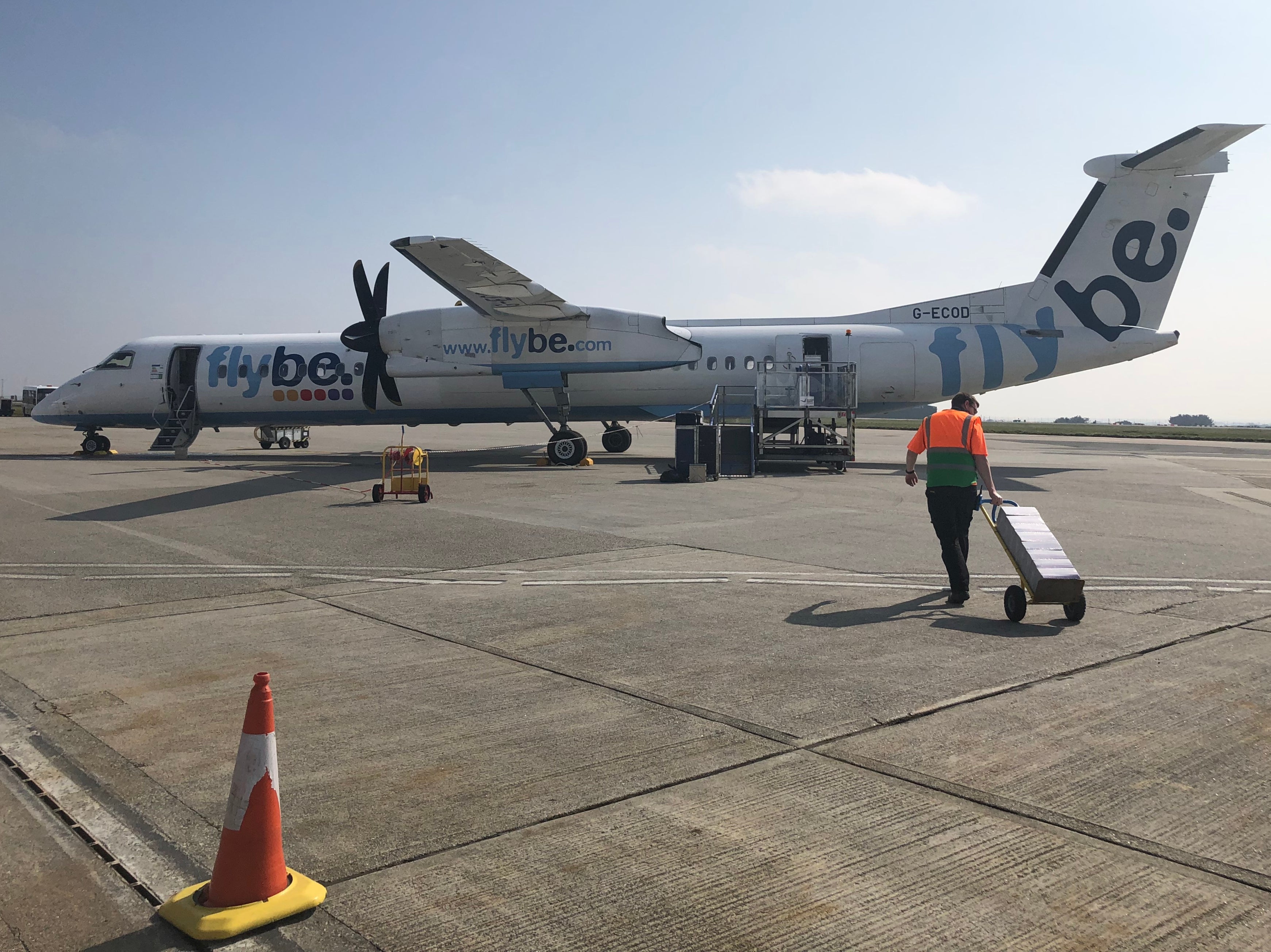Flights to Newquay will resume – but other UK regional airports may not survive
Plane Talk: The southwestern hub is too Cornish to close

Your support helps us to tell the story
From reproductive rights to climate change to Big Tech, The Independent is on the ground when the story is developing. Whether it's investigating the financials of Elon Musk's pro-Trump PAC or producing our latest documentary, 'The A Word', which shines a light on the American women fighting for reproductive rights, we know how important it is to parse out the facts from the messaging.
At such a critical moment in US history, we need reporters on the ground. Your donation allows us to keep sending journalists to speak to both sides of the story.
The Independent is trusted by Americans across the entire political spectrum. And unlike many other quality news outlets, we choose not to lock Americans out of our reporting and analysis with paywalls. We believe quality journalism should be available to everyone, paid for by those who can afford it.
Your support makes all the difference.Cornwall is closed.
Even during English lockdown, which ends on 2 December, that is a bit of an exaggeration. But it is true in the case of Cornwall Airport Newquay, the windswept piece of infrastructure that – until the coronavirus pandemic – had been doing remarkably well.
The airport’s management has declared: “All scheduled flights to and from the airport suspended due to the impact of current government guidelines on demand.”
Is this the first airport casualty of the collapse in demand for aviation?
No. From 7 December, Eastern Airways will serve Leeds-Bradford, Manchester and Teesside. The following week, Ryanair restarts the Alicante route and British Airways reconnects Newquay with Heathrow.
Cornish businesses and travellers, though, are naturally anxious about the longer-term future of their aviation lifeline.
Airports are rather like planets: the bigger they are, the more gravity they have, the more they attract airlines and passengers. Routes serving small regional airports such as Newquay tend to be the last to be added in good times, and first to be cut when aviation’s normal upward trajectory goes into reverse.
There is a widely held rule of thumb that an airport needs one million passengers a year to be viable. Even in the good times Newquay was well short of that. And Flybe, its main airline, failed in March 2020.
But the airport’s location, and the absence of any nearby competition, makes it a prime candidate for survival.
Even in normal times small regional airports in remote parts of a nation are typically loss-making, but their wider value means that local and national governments tend to provide financial support in order to derive the economic and social benefits that an airport confers.
This picture is replicated across Europe, and applies especially in Scotland – where the 1.7 million passengers using the 11 airports run by Highlands & Islands Airports Ltd benefited from an average subsidy of £16.30 in 2019.
Newquay is too Cornish to fail: since Plymouth airport closed down, it provides the only way out of Cornwall in a hurry. Former Flybe routes are already being picked up by other airlines, and over time they will settle towards some kind of equilibrium which will not look too different to the defunct airline’s network from Newquay.
You could even make a case that the slump in aviation could provide increased connectivity from opportunistic airlines, by reducing the cost of aircraft ownership – and with a ready workforce sadly made redundant not too far away at Flybe’s former home of Exeter airport.
Many other regional airports, though, are uncomfortably close to bigger rivals and alternative forms of transport.
With the optimistic news about a vaccine, we can start to envisage a future when “normal” travel and tourism resumes. But my guess is that it will take until at least 2024 for Newquay and similar airports to return to the passenger numbers of 2019.
Should there be a very serious economic downturn because of coronavirus with added Brexit, it could take a decade. While Cornwall will stay connected, others may not.



Join our commenting forum
Join thought-provoking conversations, follow other Independent readers and see their replies
Comments